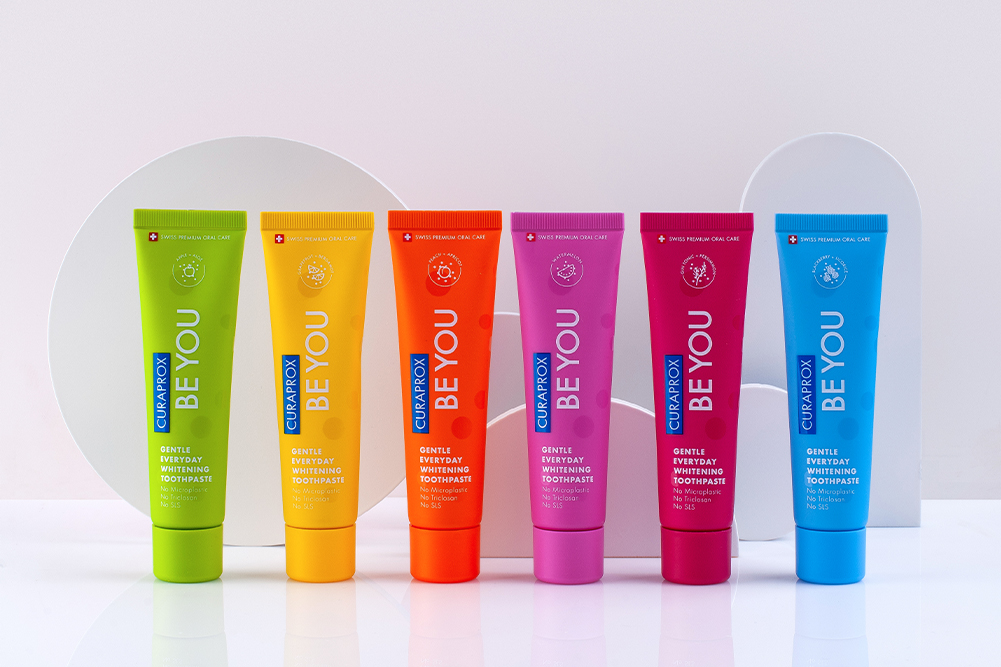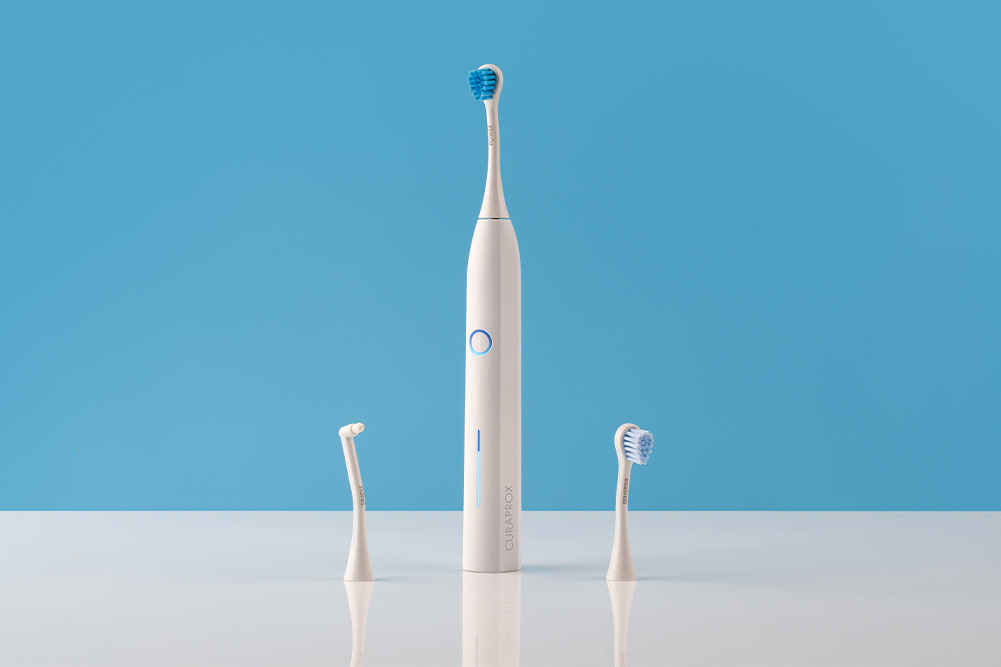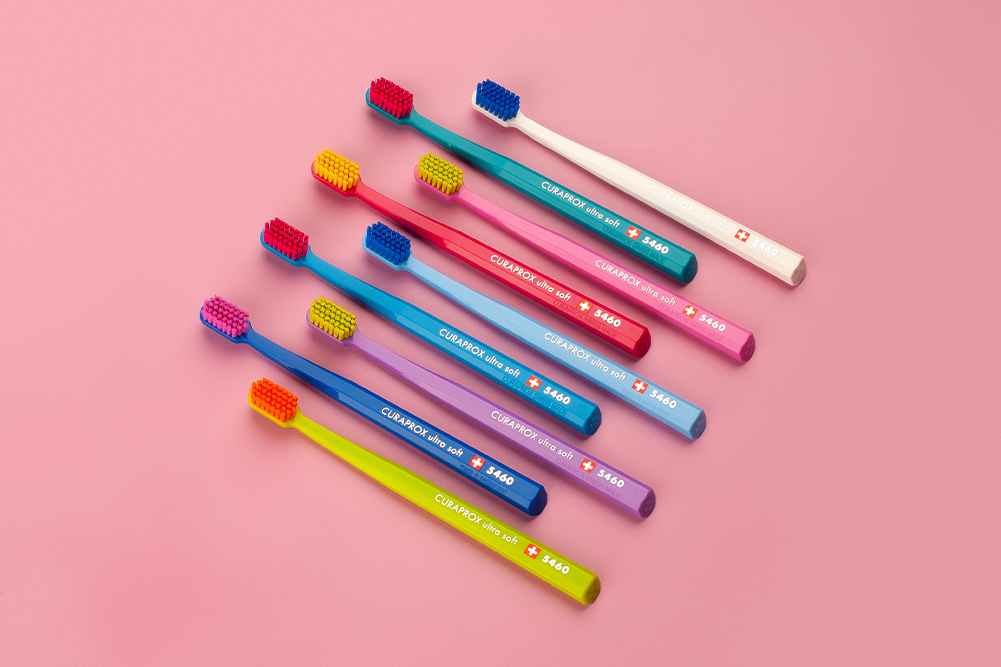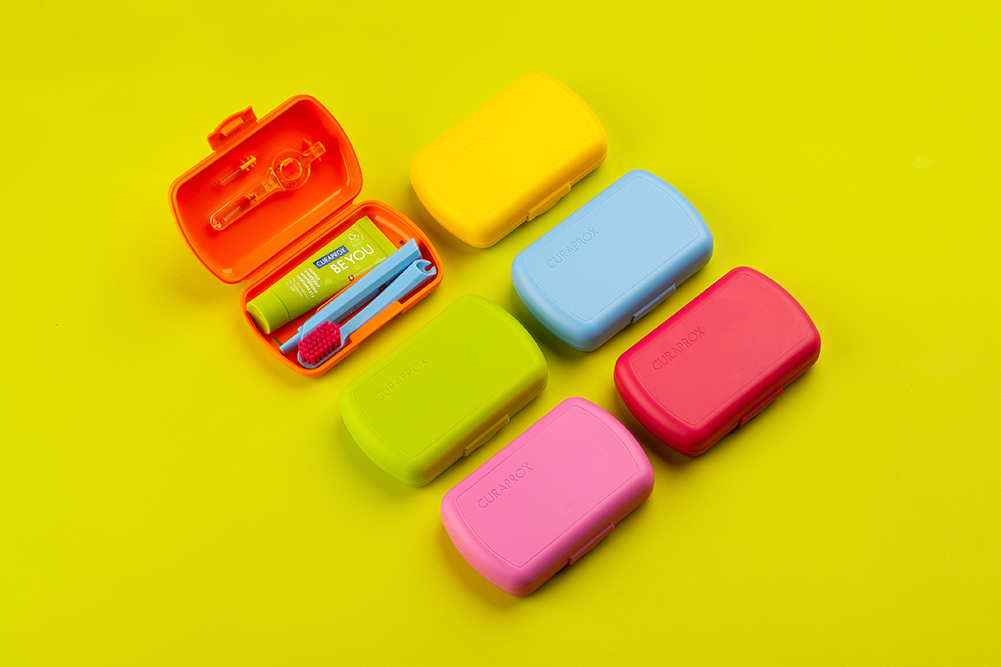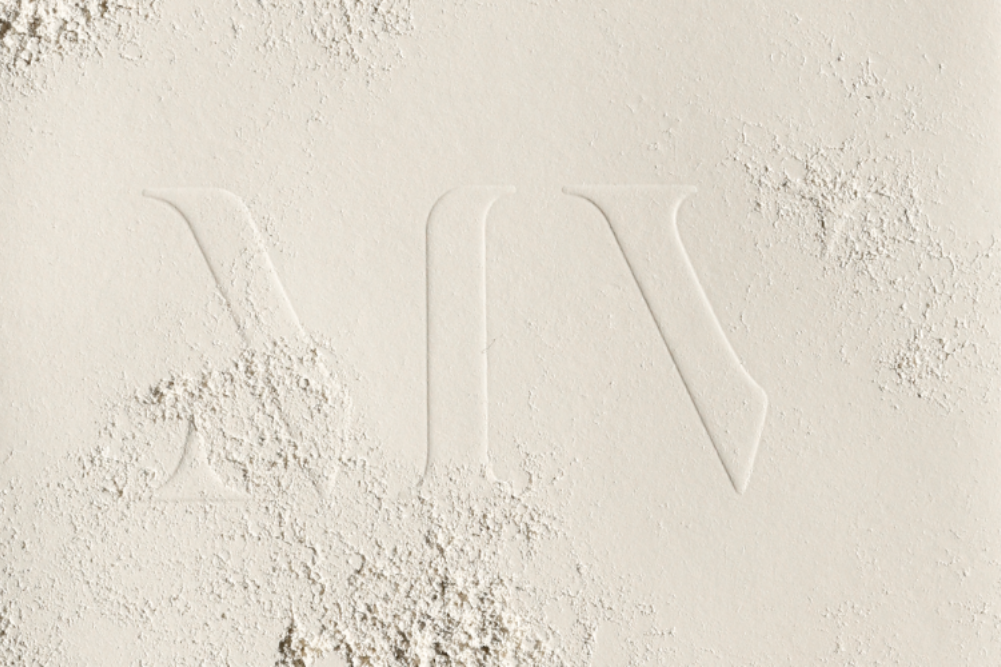Almond oil: an ancient beauty elixir
Of all the oils used in professional beauty therapy treatments, almond oil is a favourite thanks to its rich skin and hair moisturising properties, low odour and clear appearance. Tried and tested since pre-biblical times, today’s almond oil is still widely used for the same purposes: to achieve supple skin and silky hair.
Greek mythology tells of a reverence for the humble almond and its mighty oil, which has been used in Greece and Italy for centuries, despite being native to the Middle East. Today, it’s celebrated worldwide, with its benefits known across the globe. The United States, Spain and Syria lead the way in extracting the oil —predominately from the sweet almond over the bitter variety — to be used in beauty products, treatments and foods.
The beauty industry relies on almond oil particularly for massage therapies, soaps and as a base oil for cosmetics. Rich in vitamins D and E, it is deeply nourishing and a key ingredient for manicurists and pedicurists, pre and post treatment, thanks to its nail nourishing and cuticle soothing effects.
“Almond oil is fine and especially mild and gentle, well-tolerated by the skin and easily absorbed,” explains Liezel Barnard, naturopath for natural skincare brand, Weleda, which uses the oil in many of their products. “Due to its high content of unsaturated fatty acids, it protects the skin from drying by slowing trans-epidermal water loss, and improves the skin’s natural barrier function. Another interesting fact is that almond oil is more stable—it doesn’t oxidise so easily—compared to rosehip oil for instance because of its high Omega 9 content.”
Sweet vs bitter
The oil from the sweet almond is used in topical beauty applications such as in carrier oils, while the broader and shorter bitter almond is traditionally known as a “fixed” oil, used widely for its scent, making it an ideal essential oil.
While topical use of the sweet almond oil isn’t known to have any contraindications and is safe to use on the face and body, it’s the bitter almond, which contains prussic acid, that has resulted in adverse reactions, similar to that of cyanide poisoning, when consumed. Therefore, it’s important to recognise the difference when opting to add almond oil to your beauty regime or your lunchbox.
Internal health, external glow
If your gut is clean, your skin will glow. Adding almond oil to your salad can also have beauty-boosting effects, as it works to gently cleanse and nourish the digestive system, due to its vitamin, mineral and omega-9 content. However, be sure to keep the oil raw to reap most of its Beauty benefits.
Eating the almond itself is also beneficial to the skin, however, it’s important to soak the nut first to remove the outer, hard to digest, brown husk. This also literally activates the almond’s enzymes, while neutralising the skin’s enzyme inhibitors.
Healthy hair
While chemical conditioners and treatments only work to damage your hair in the long term, almond oil is a natural hair moisturiser that softens the hair shaft and creates shine. Used alone or as a carrier oil with essential oils such as sandalwood or castor, this nourishing oil has been known to also promote hair growth—likely due to its rich Vitamin E content, as well as calcium and magnesium. Almond oil is also great for strengthening the hair and minimising hair loss.
What to look for
When choosing an almond oil to apply topically, or as a culinary addition, be sure to look for an oil that is cold pressed. This protects the health-giving, skin-softening unsaturated fatty acids, says Barnard.
It’s also critical to look for a pure oil—one that is grown organically, extracted without chemicals, prepared without being subjected to heat or added to any additional toxic ingredients that negate the oil’s beneficial properties. If the label doesn’t spell it out for you, it’s worth investing time to contact the cosmetic manufacturer to find out what standards they set for their almond oil harvesting and production.
Top tips for using almond oil
- Apply almond oil on damp skin, immediately after washing and lightly drying. Damp skin is able to absorb the oil more readily.
- Use as a hair mask. Apply oil from roots to tips and massage into the scalp. Cover with a shower cap and leave for 20 minutes to half and hour. Rinse, wash and lightly condition.
- Rub two drops of oil onto acne and dry skin. The oleic acid cleans and moisturises.
- Use almond oil over soap when shaving. You’ll be guaranteed a smooth shave and soft skin.
- Adding a drop of oil to your forehead, while laying down to rest, is said to relieve stress.
Shannon Dunn is a health writer and eco beauty editor. Visit her website at www.shannondunn.com and subscribe to her newsletter at www.tinyletter.com/shannondunn. Email her at shannon@shannondunn.com
